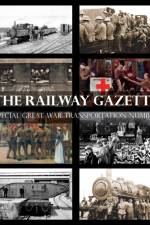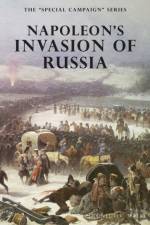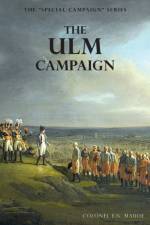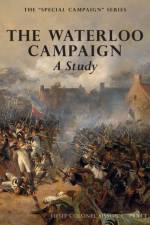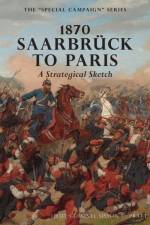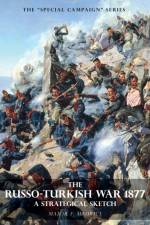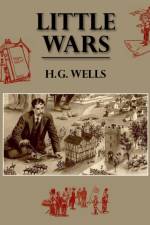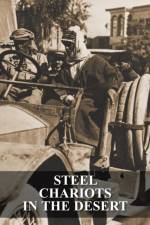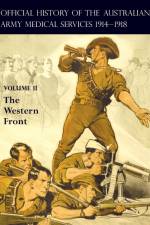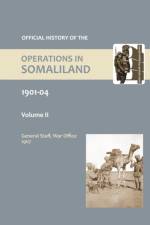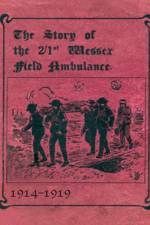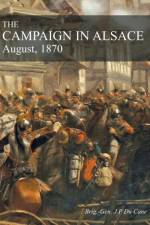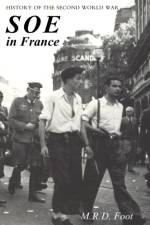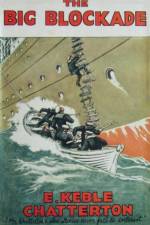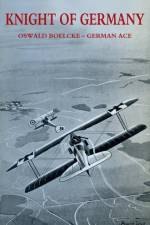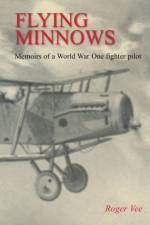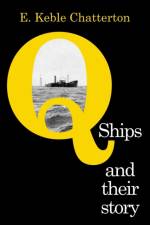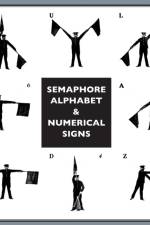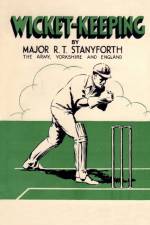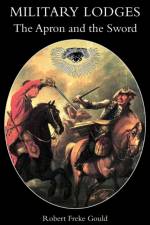av Ray Westlake
491
In A Guide to the Civic Heraldry of England, Ray Westlake has gathered together a comprehensive collection of seals and coats of arms in use by England's counties, cities and towns. Much local history is expressed in the devices used by these places this fact, together with the opportunity to enjoy beautiful artwork, being the main intention of the book. Heraldry has its own wonderful language, but for the purpose of this work plain descriptions have been used. From the Berkshire town of Abingdon to the County of Yorkshire, almost 500 places are mention, their seals and arms described and supported by more than 570 illustrations. A Guide to the Civic Heraldry of England will be a useful reference tool for those interested in heraldry, local and military history. I add the latter as many of the devices used found their way onto the badges worn by the British Army.We see them all about in stone, metal and wood. There above town hall entrances, on library walls, law courts and on gates to refuge departments. Crematoriums have them, so do park keepers' huts, the sides of buses, dustcarts and offices of weights and measures. Caretakers in council flats have them on their hats. They come in paper, too. Rate demands have them; so do letters from the mayor's parlour which, before 'cut backs' possibly, were embossed on fine paper. From these lions, stags, fierce bulls, wolves with chains around their necks, dogs with collars, beasts, real and mythical, look down on us. To the dexter and sinister, steadfast they perch on heraldic wreaths alongside mottos inscribed on ornate scrolls. In sable, vert, gules and azure: wheat sheaves, scallop shells, fleurs-de-lis, bishops' mitres, open books showing learning, wheels and cogs for industry adorn the shields (whole, divided or quartered) which they guard. Civic coats of arms, some ancient and 'official', some the whim, perhaps, of a past mayor. Their records of adoption long lost and, if ever written down, now hidden among the dusty minute books and archives of local authorities.

